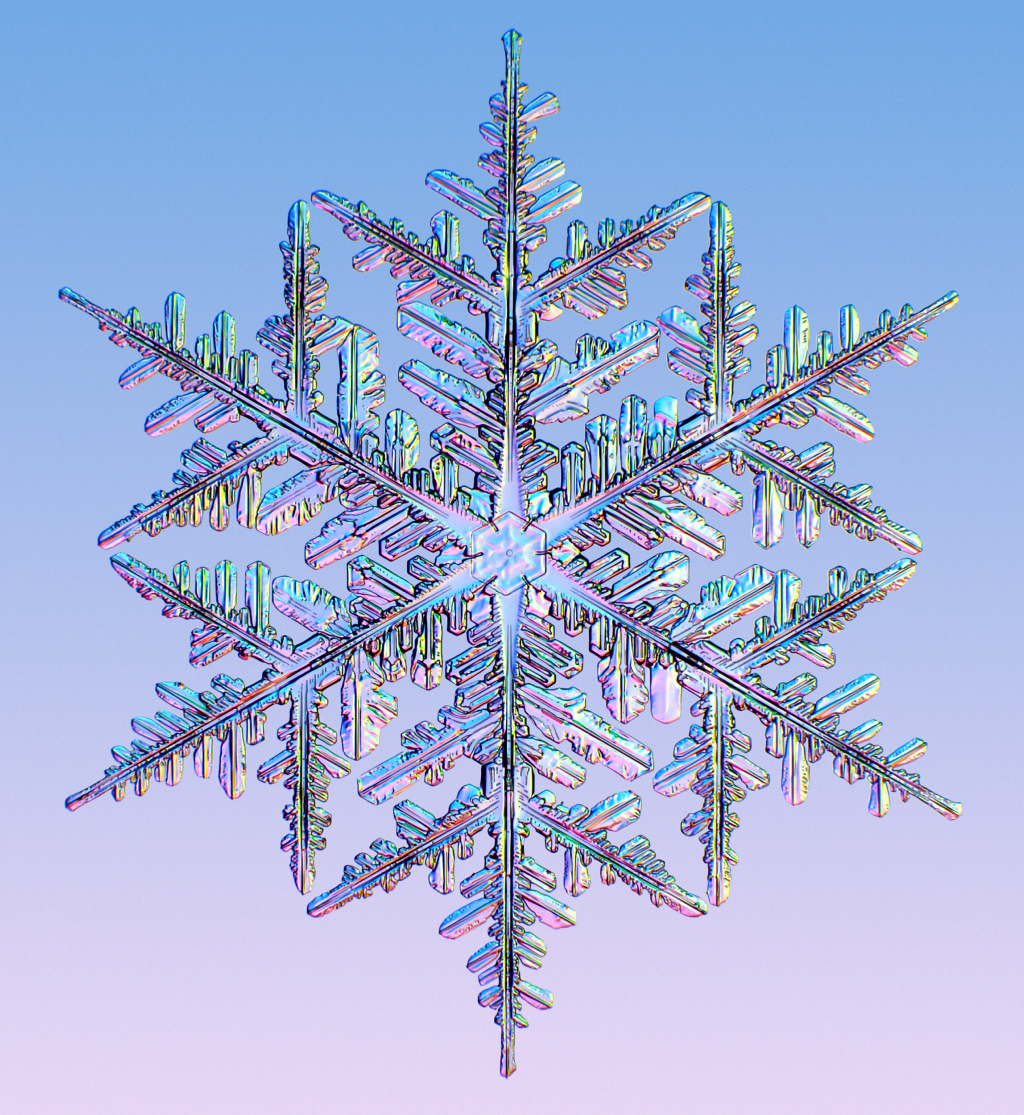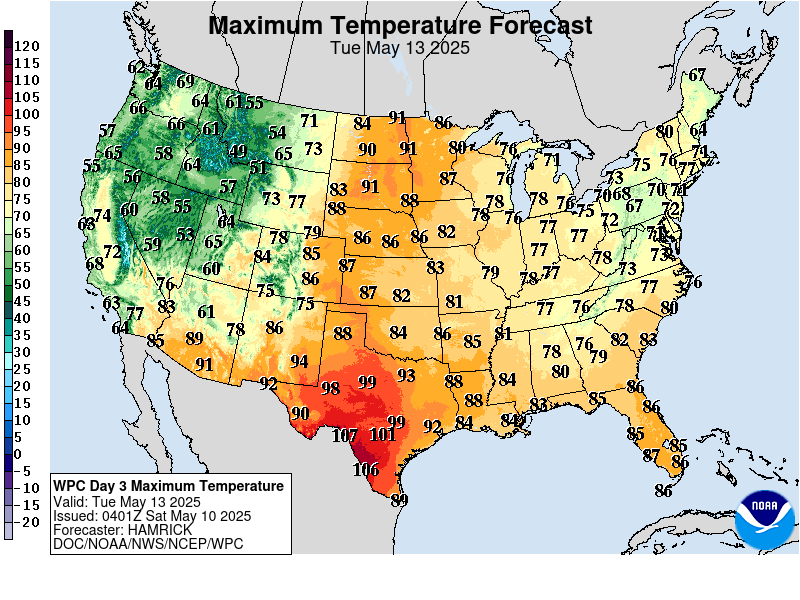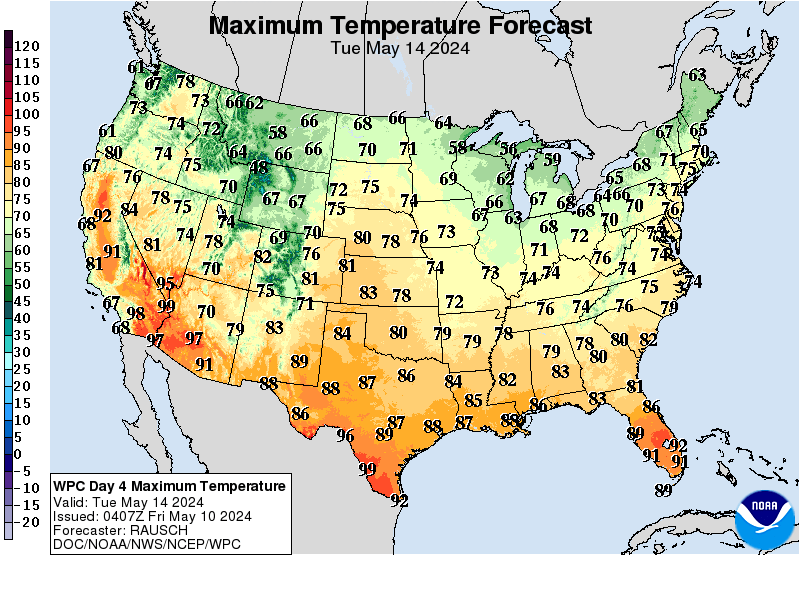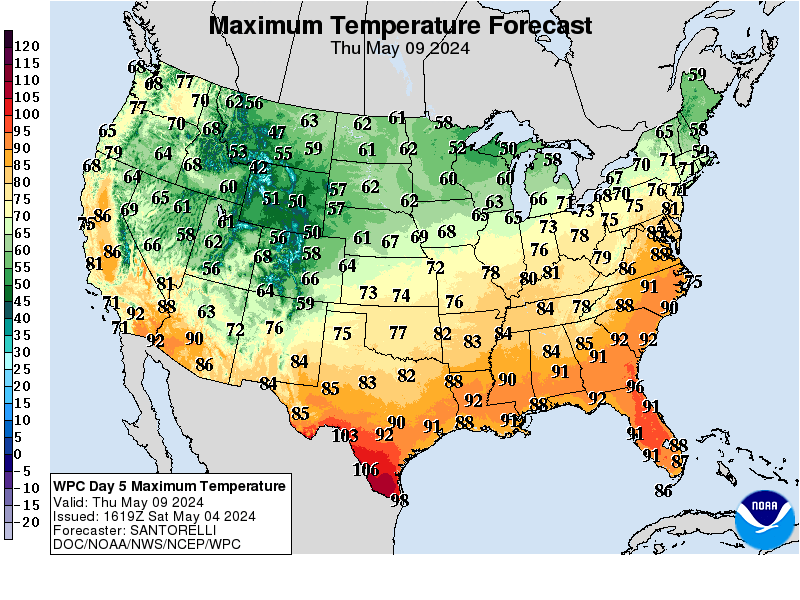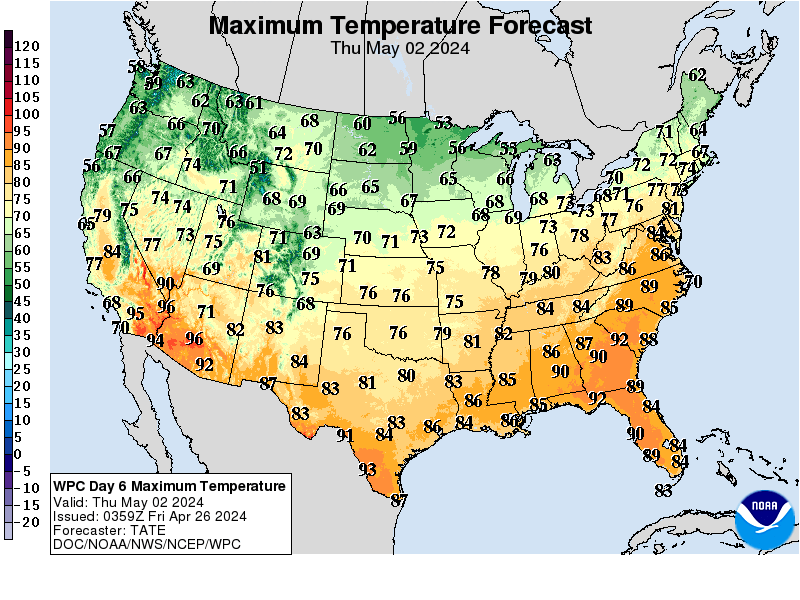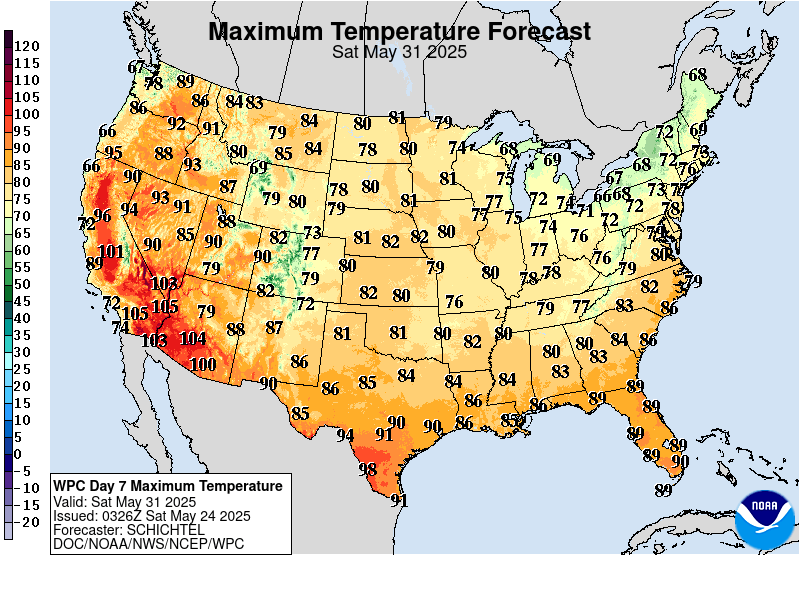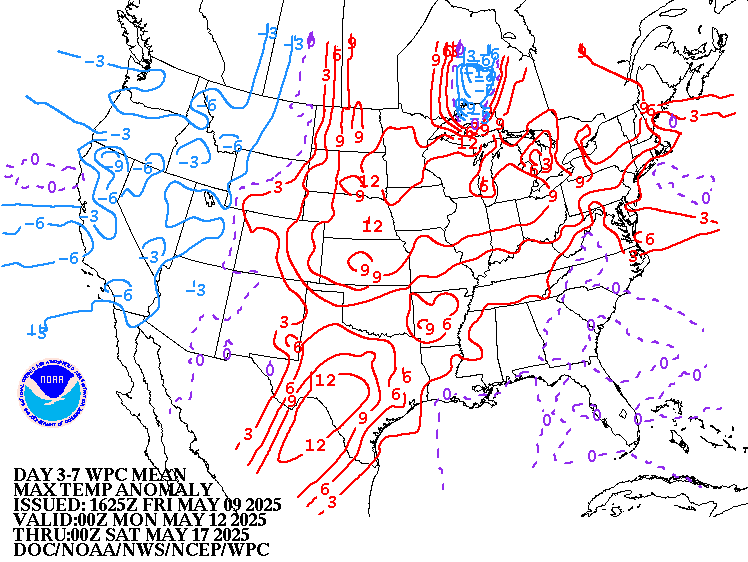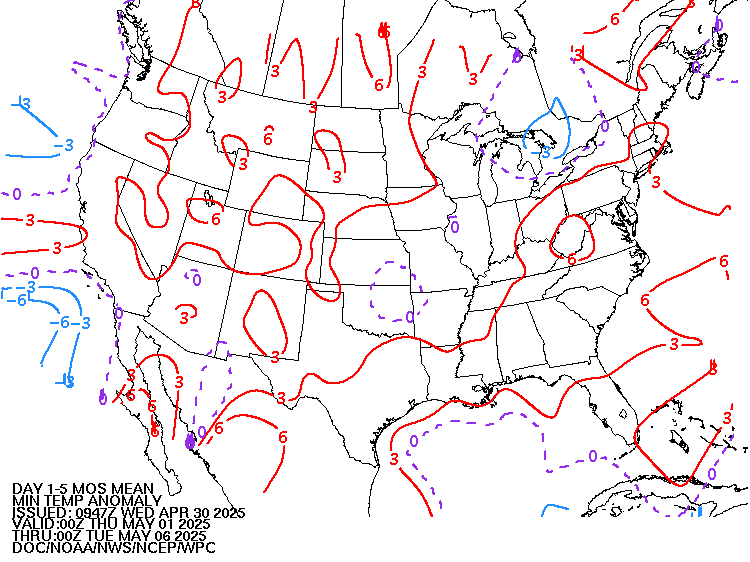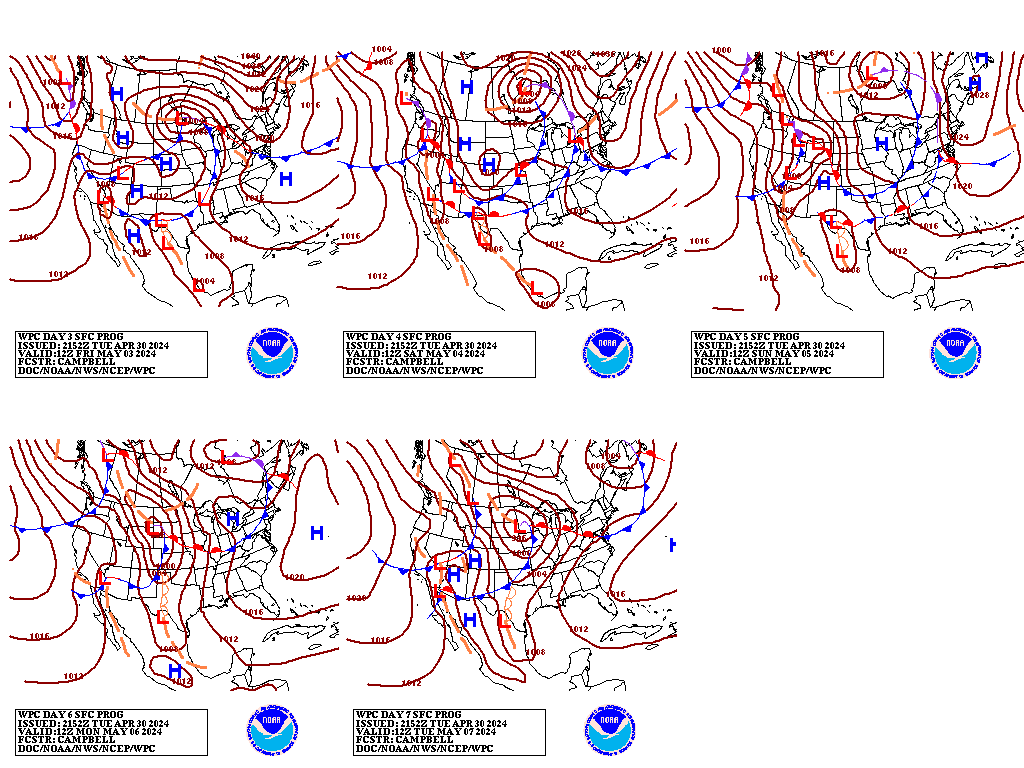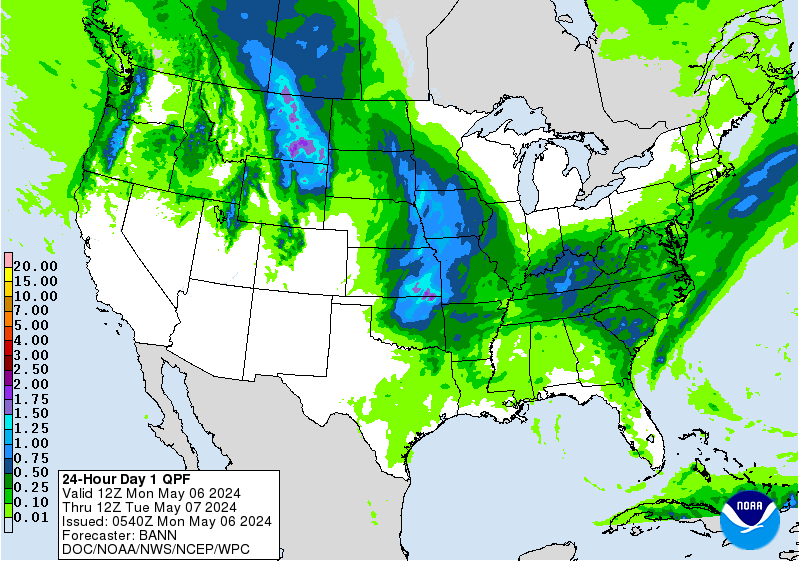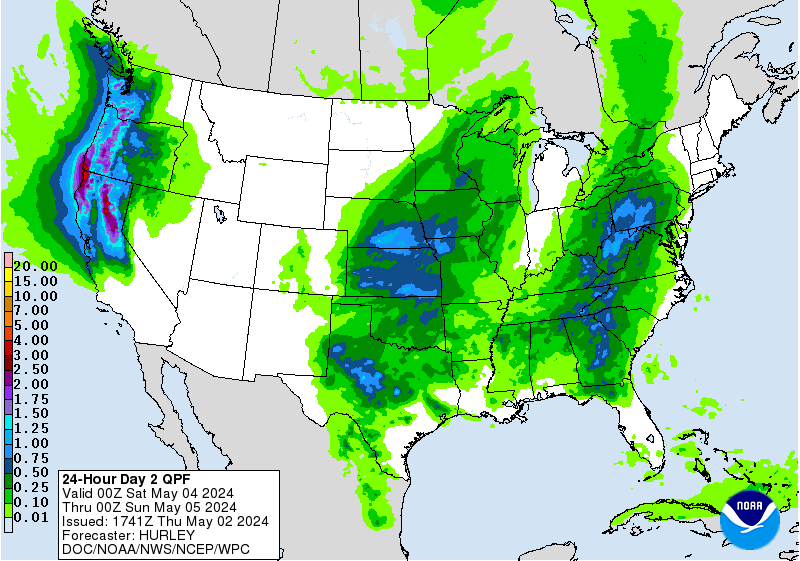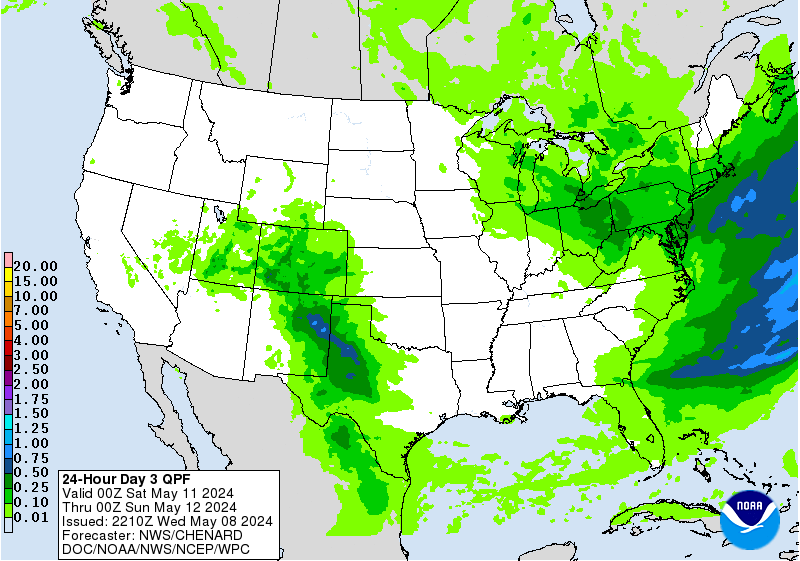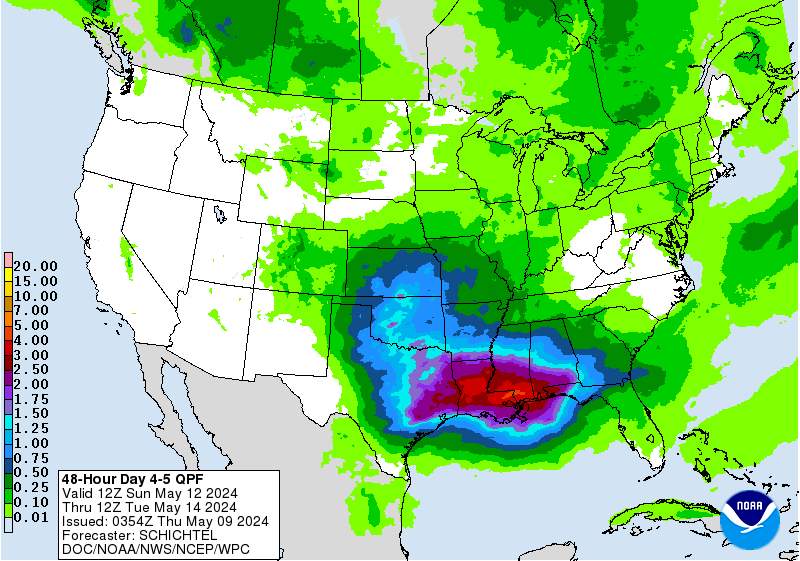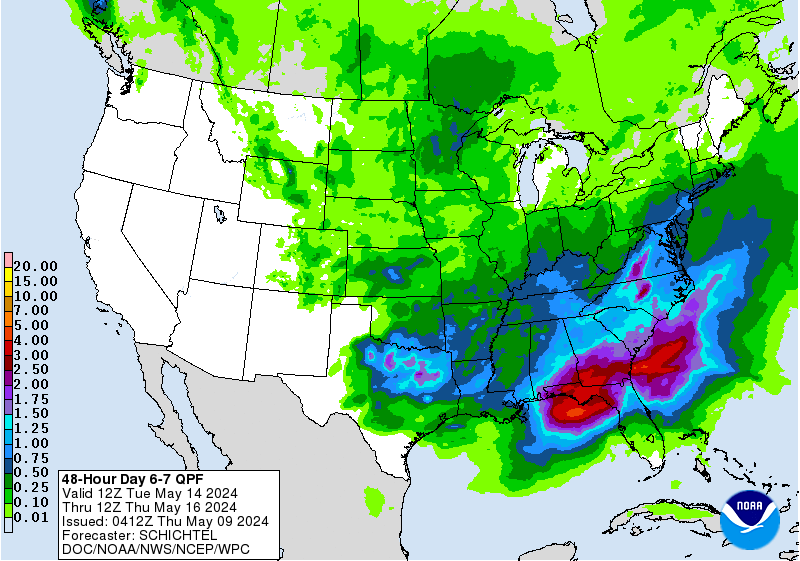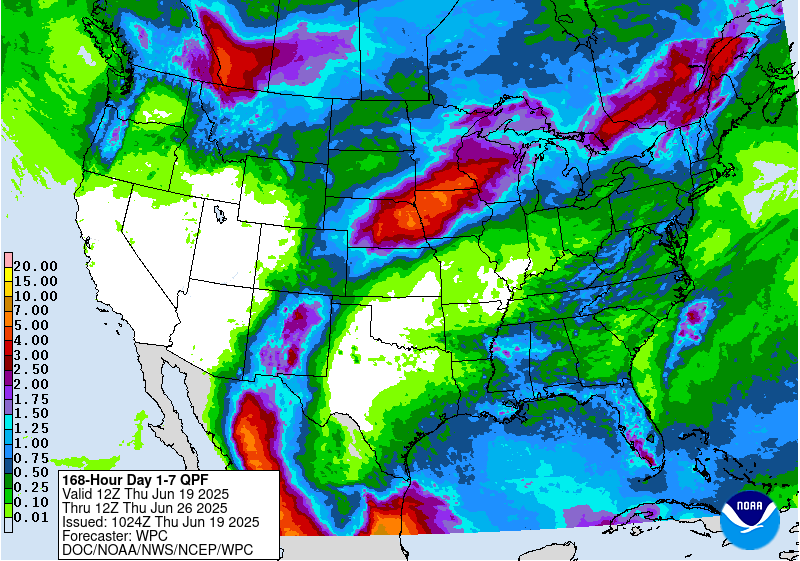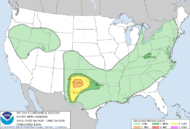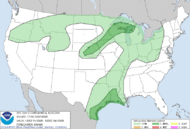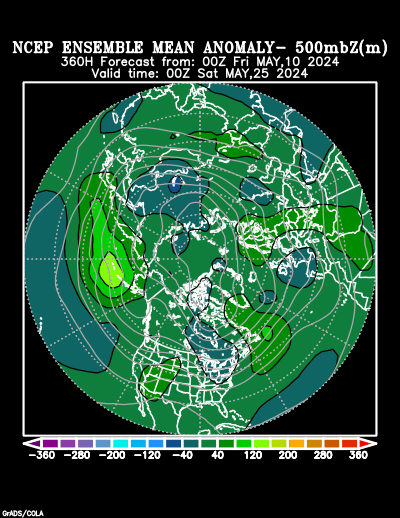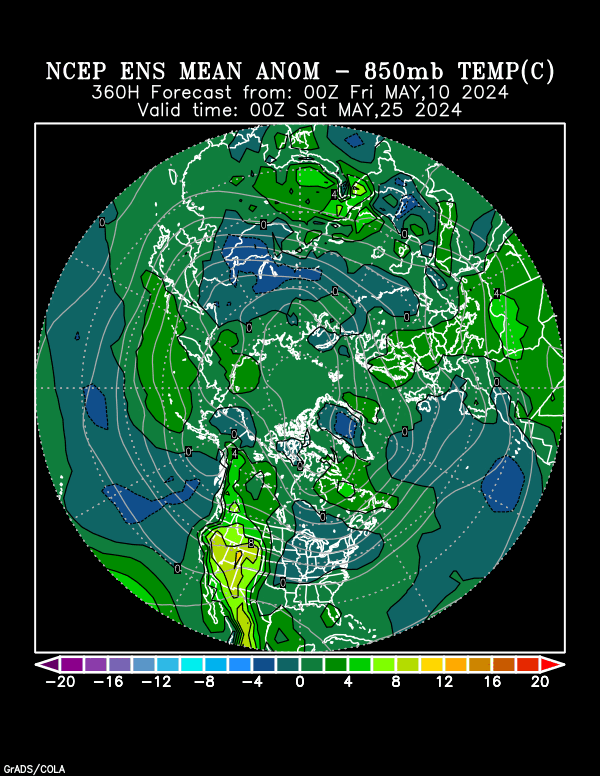Santa Anita Park suffered a 22nd horse fatality since Dec. 22 on Thursday morning just one day after the main track was reopened for training. The horse suffered a severe injury and was euthanized. A track spokesman said a “major corporate announcement” is expected before noon.
Princess Lili B broke both front legs at the conclusion of a half-mile workout, as first reported by Brad Free of the Daily Racing Form and confirmed by The Times. Training will continue on the track, Free reported.
It was only the second day of training on the main track after Santa Anita suspended racing last week in response to the previous deaths.
No definitive reason for the rash of horse fatalities has been identified. After repeated inspections and dirt sampling, the rehiring of track consultant Dennis Moore and enhanced safety protocols, Santa Anita has been trying to move toward a resumption of racing on March 22.
In all, 196 horses safely worked out at the track on Wednesday, according to a Santa Anita spokesman — 112 on the main track and 84 on the training track, a softer course where there has yet to be a fatal injury during the winter/spring meet.
Sign up for our horse racing newsletter
Changes instituted by Santa Anita in response to the deaths included a requirement that trainers give 24-hour notice on workout requests so that veterinarians can review horses in advance and spot possible concerns.
Santa Anita continued to conduct training workouts after the injury Thursday. The track is expected to announce additional safety protocols to horsemen this afternoon.
The injuries, though, have many long-time horsemen voicing concerns.
“It’s mind-boggling to me,” said trainer Art Sherman, who trained Kentucky Derby winner California Chrome. “I’ve never seen this as long as I’ve been around. In horse racing, you’re always going to have accidents. I don’t know what to make of it. I’m at Los Alamitos, and we haven’t had any problem at all. It’s scary seeing all these breakdowns.”
MORE ON SANTA ANITA
The dirt on Santa Anita? That's being tested in wake of horse fatalities







